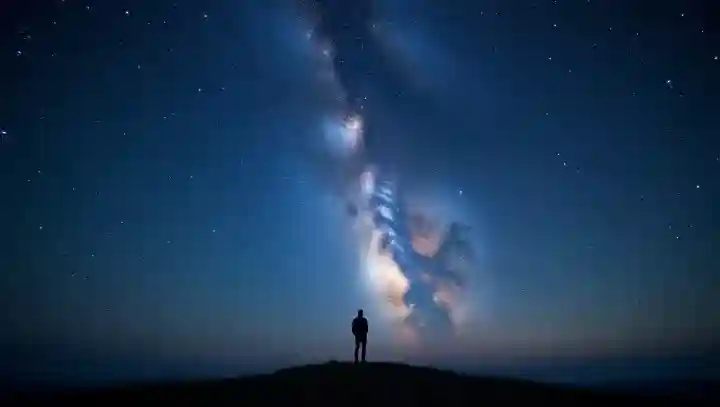
In numerous locations across the globe, observers have reported the persistent twinkling of stars, an atmospheric phenomenon where starlight appears to shimmer vividly against the dark sky. This visual effect, often called stellar scintillation, occurs due to turbulence in Earth's atmosphere causing rapid fluctuations in air density. Leading astrophysicists at the International Astronomy Institute in Zurich emphasize that the twinkling of stars is not only a mesmerizing spectacle but also vital for understanding atmospheric composition and dynamics. Dr. Elena Markus, a senior researcher, explains, 'The twinkling provides indirect clues about air temperature, pressure, and wind patterns high above us.' Recent observational campaigns leveraging advanced telescopic arrays in the Atacama Desert have yielded high-resolution data on this phenomenon, enhancing predictive atmospheric models. The findings are crucial especially for ground-based telescopes aiming for clarity and precision in astronomical imaging. Beyond scientific relevance, the twinkling stars hold cultural significance in many societies, inspiring folklore, art, and literature. Experts believe that this blend of natural beauty and continuous scientific inquiry enriches public engagement with space science and fosters appreciation for our atmospheric environment. As technological progress continues to unveil more about the interaction between starlight and Earth's atmosphere, the starry sky twinkling remains a compelling subject bridging science, culture, and visual wonder. Stakeholders in astronomy and environmental science advocate for continued research, encouraging global communities to observe and appreciate this celestial phenomenon.